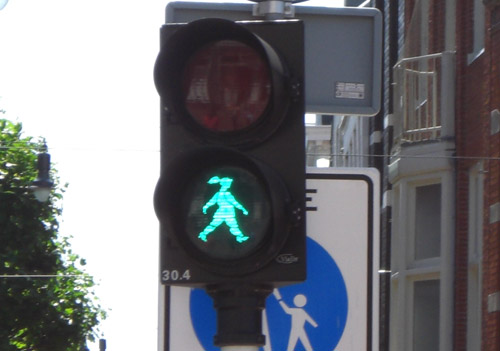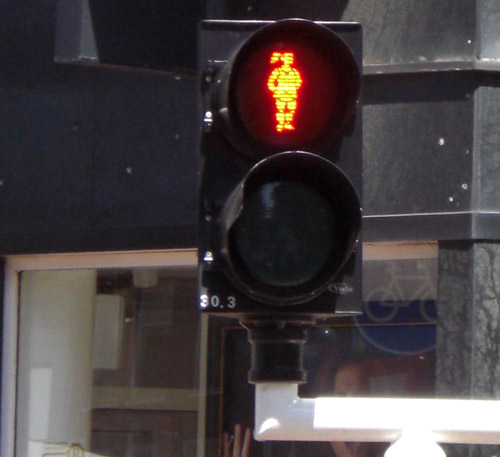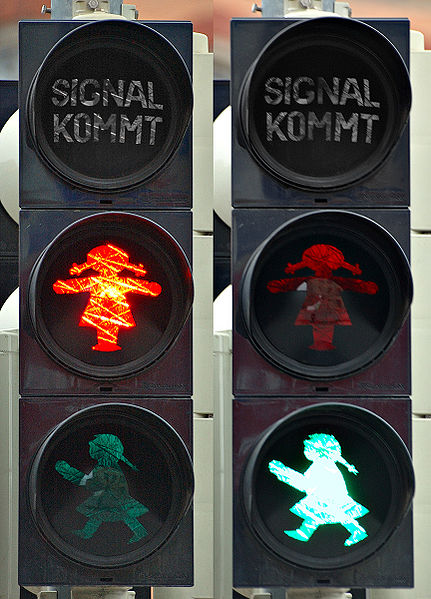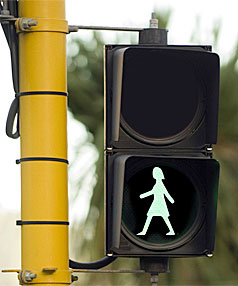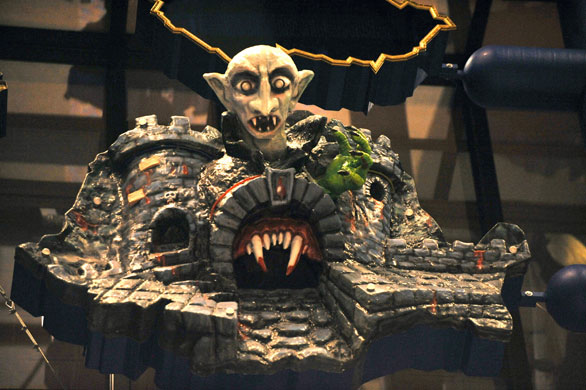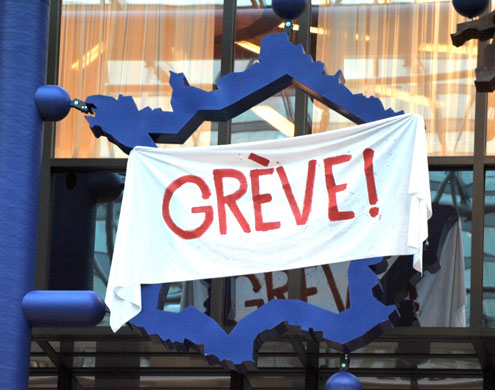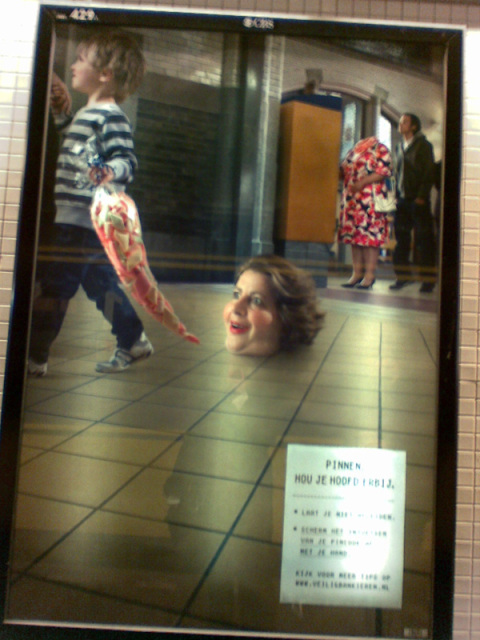Benno K. sent in a link to some ads he saw in the Netherlands for the Discovery Channel, which Benno describes as “the channel that used to be for science, but is now mostly explosions and motor bikes.” In both posters the men have “women’s” eyes–that is, they appear wide-eyed and long-lashed, with mascara:


The caption says:
Not for women’s eyes. Discovery Channel has television men want to watch. Exciting, smart, interesting, adventurous, and most of all real. Watch for yourself.
I know that as a woman, I hate smart, interesting stuff. It’s just too hard to understand and it makes my brain hurt. I try to only watch TV shows that are dull, dumb, boring, cautious, and totally fake.

